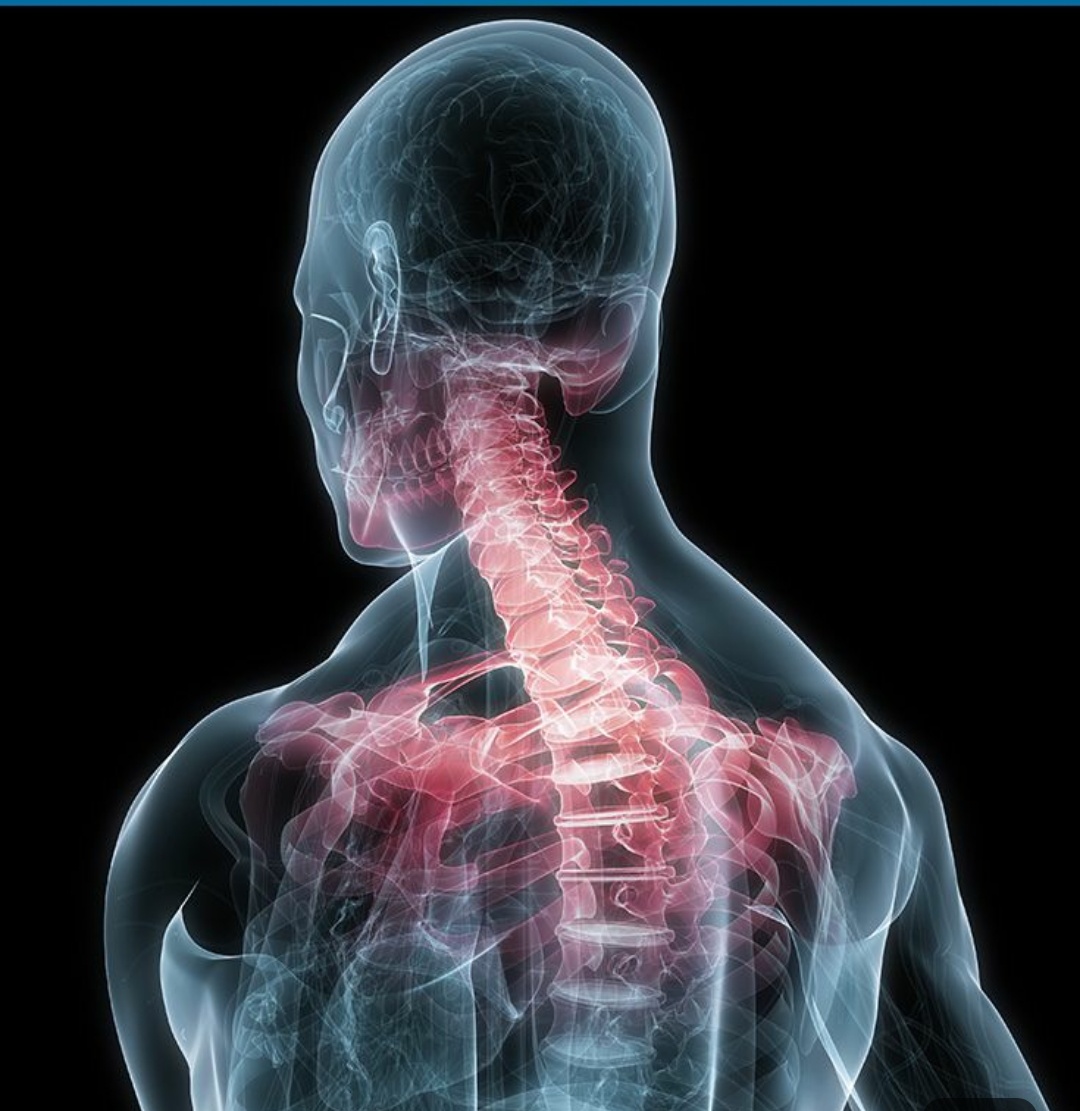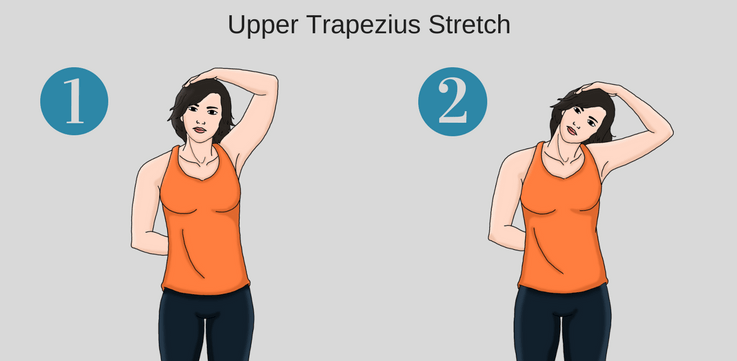Easy ways to relieve Neck pain due to Trapezitis

What is Trapezitis?
Trapezitis is an inflammation caused in the trapezius muscles which further leads to pain and spasm in the neck. It is increasingly becoming common among people working at desk, using computers, mobile phone and also those who use their neck and back muscles a lot. Trapezitis is majorly found in individuals who are required to keep their head stable for a long period of time.
Hence people working on computers for long or driving for long distance majorly suffer from trapezitis.
It is is a large muscle towards the back which arises from the nape of the neck
Functions of Trapezius:
- Neck extension, lateral bending and rotation.
- Shoulder shrugging
- Rotation, retraction and stablisation of shoulder blade Apart from this, majority of muscles located in the back, also facilitates movementand stabilization of shoulder blade.
The wide, flat muscle covers most of the upper back and also posterior of neck, as trapezius covers a large area, inflammation in it or trapezitis can cause severe pain and also affect the related movements.
Common causes of Trapezitis include:
- Working for a long period on desktop or Bad posture
- Driving for long distances.
- Watching television in the same or an awkward posture for long time.
- Weak muscles of neck and back
- Faulty sleeping posture
Symptoms of Trapezitis:
- Pain is felt at nape of neck or upper back usually more at night
- Stiffnes in neck with restricted movements
- Pain may radiate to arms and hands
- Chronic cases or long standind severe spasm may also lead to tingling numbness or weakness in arm or hand on affected side.
Goals of Physiotherapy:
- To reduce inflammation and pain through advanced modalities
- To reduce tightness through stretching and MET techniques
- Increase strength and stability through resisted exercises
- Postural correction
- Patient education through Lifestyle modification
Treatment:
- Pain relief through electro therapy using advanced modalities.
- Cold packs and Myofacial release
- Stretching the tight structures and strengthening the weak muscles.
- Postural training and ergonomic advice

Turn your head to the left and the right. Sit or stand up with your back and head straight. Gently turn your head all the way to the right so it's parallel with your shoulder. Move back to the center.
Repeat the motion to the right again. Do the same motion to the left, and repeat it again.
Use a slow and gentle motion. Hold for 30 seconds

- Good posture will help take some of the strain off your trapezius muscles.
- Sit and stand up straight during the day. As you do, bring your shoulders down, and make sure your head is back. Imagine a string is lifting your body, keeping you upright.
- Avoid activities that make you hunch one or both shoulders, like holding a phone in one shoulder.
- Avoid carrying a heavy backpack or shoulder bag. A heavy bag can strain your trapezius muscles.
- Elevate your electronics so you don't slump over. Slumping over can cause soreness in your trapezius muscles, and if you're on your smartphone or computer, you may find yourself slumping a lot. To fix the issue, move the device so it's eye level. That may mean that you're holding your smartphone up in front of you, but that's better than slumping over.
- If you work at a desk, try getting an elevated stand for your screen or laptop to bring it up to eye level or higher.
- Adjust your keyboard and armrests to the correct height. Work in a chair with armrests, as the weight of your arms can put strain on your muscles after a while. Also, make sure your keyboard is even with your arms when you're sitting up straight with your elbows at a right angle.